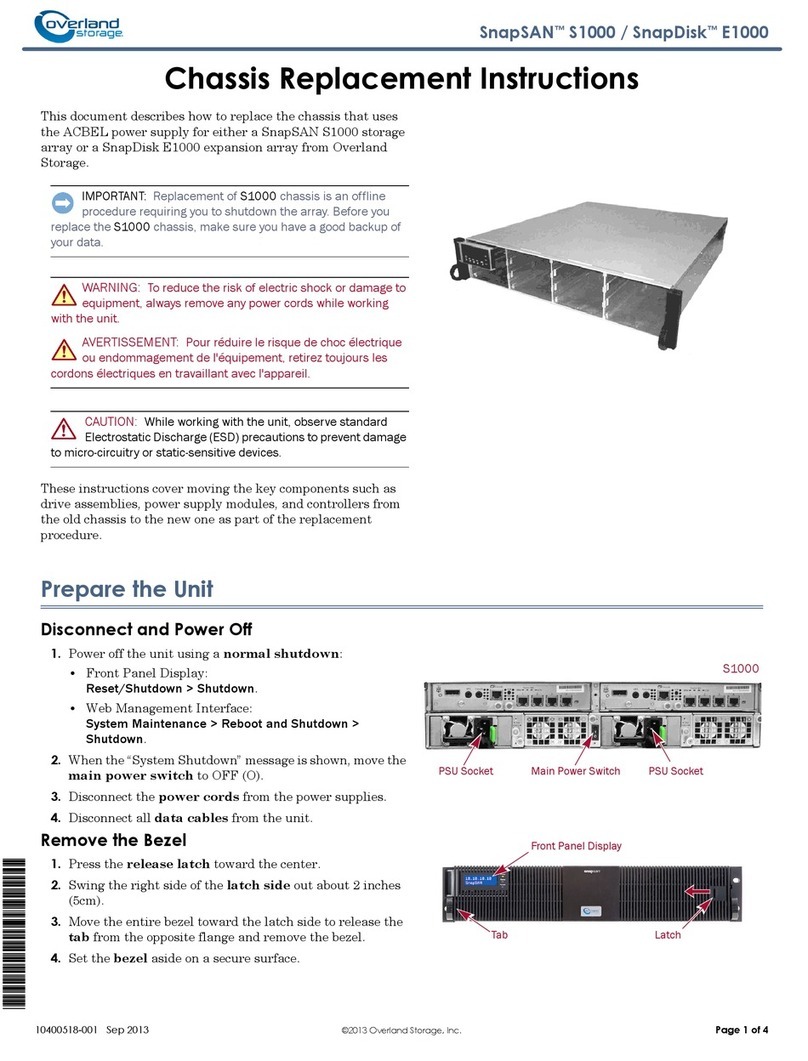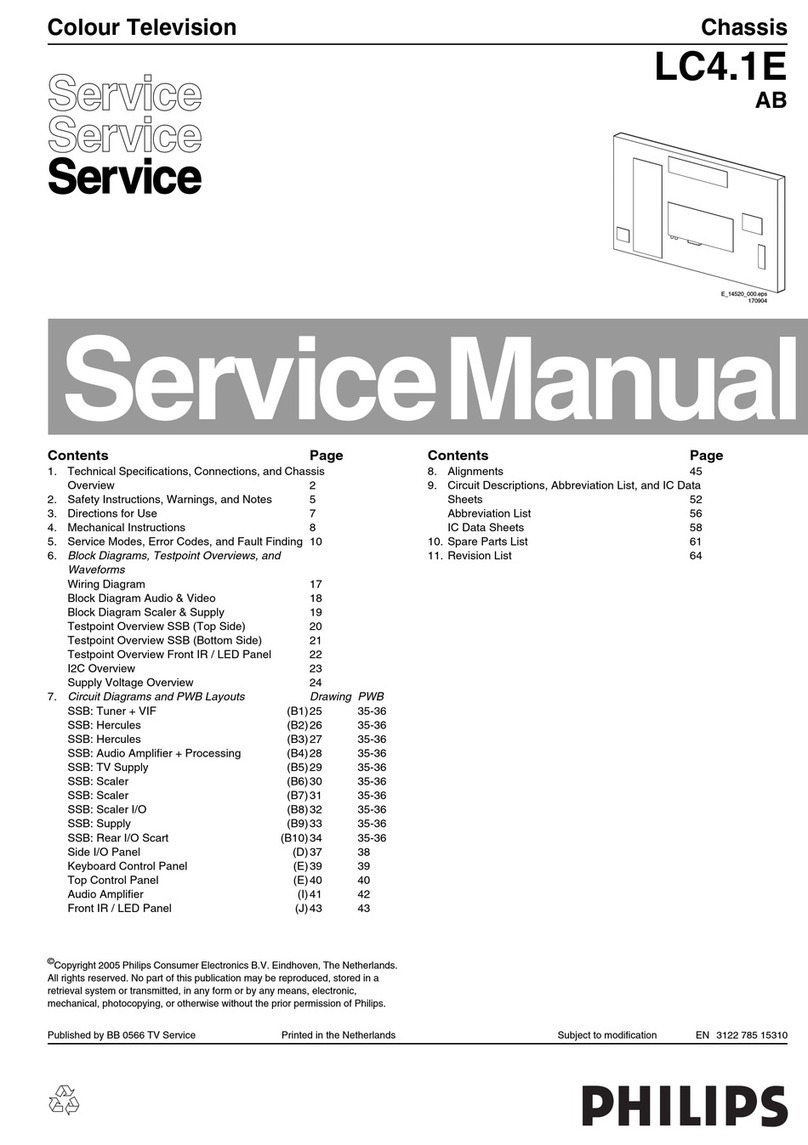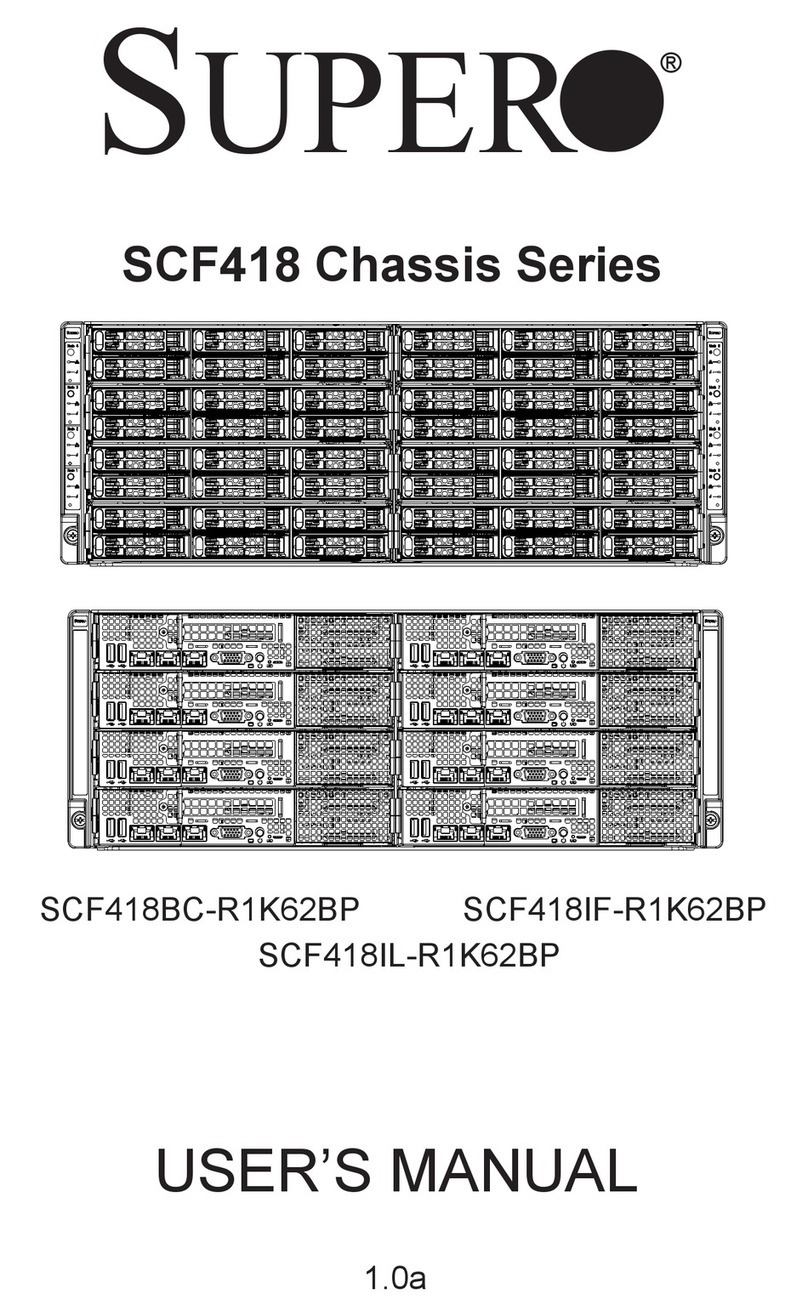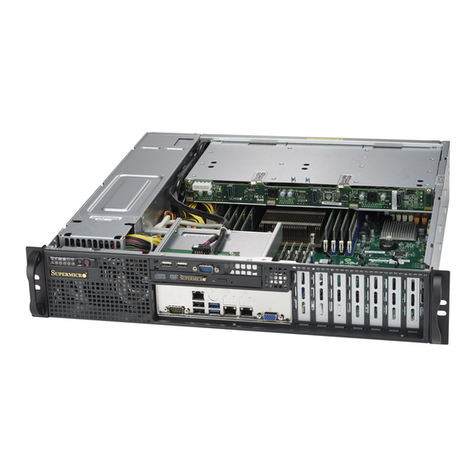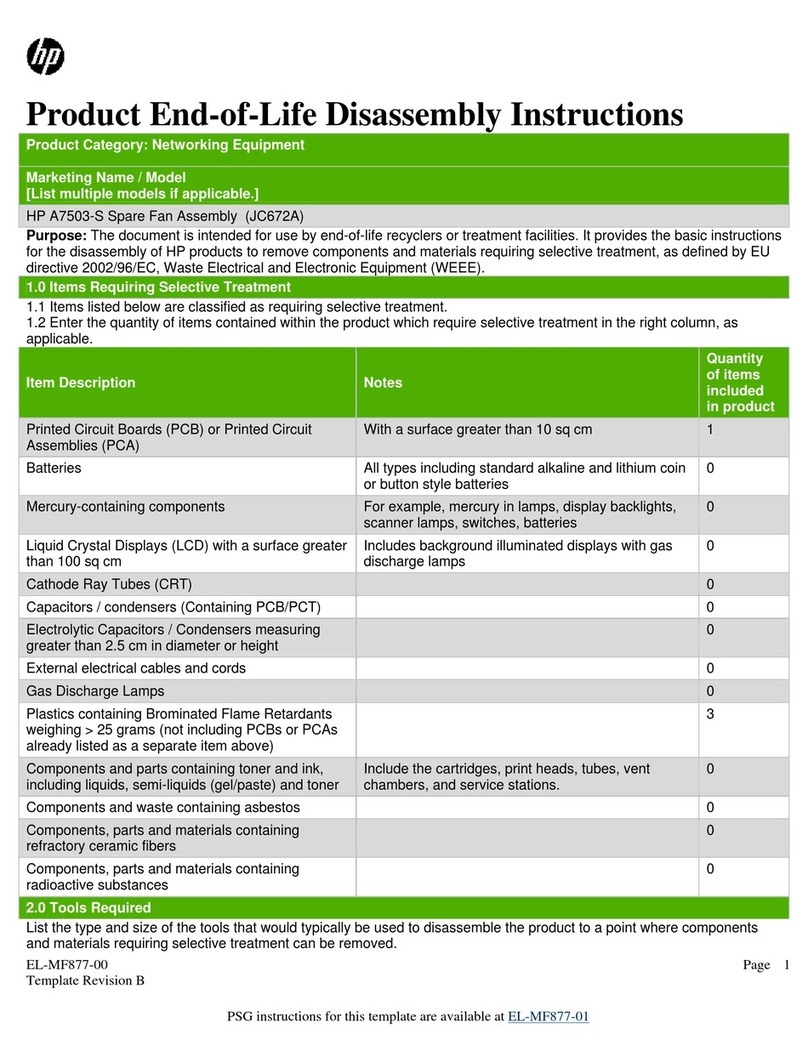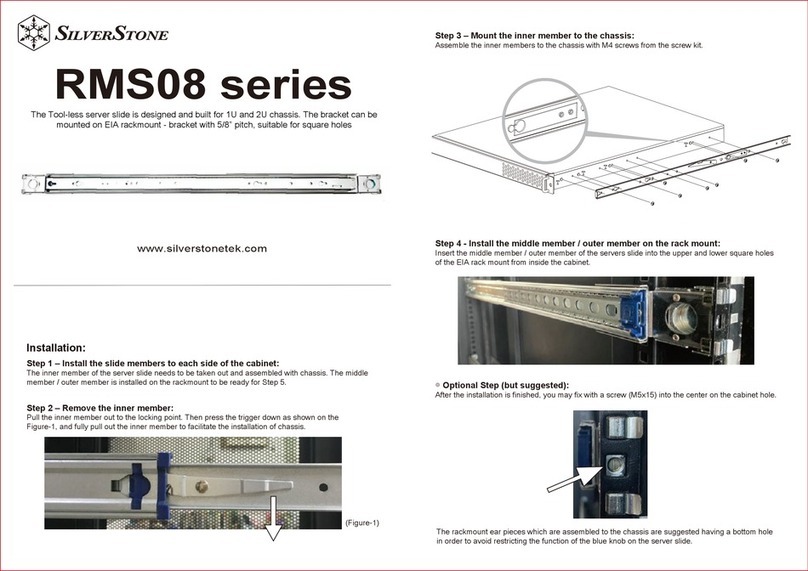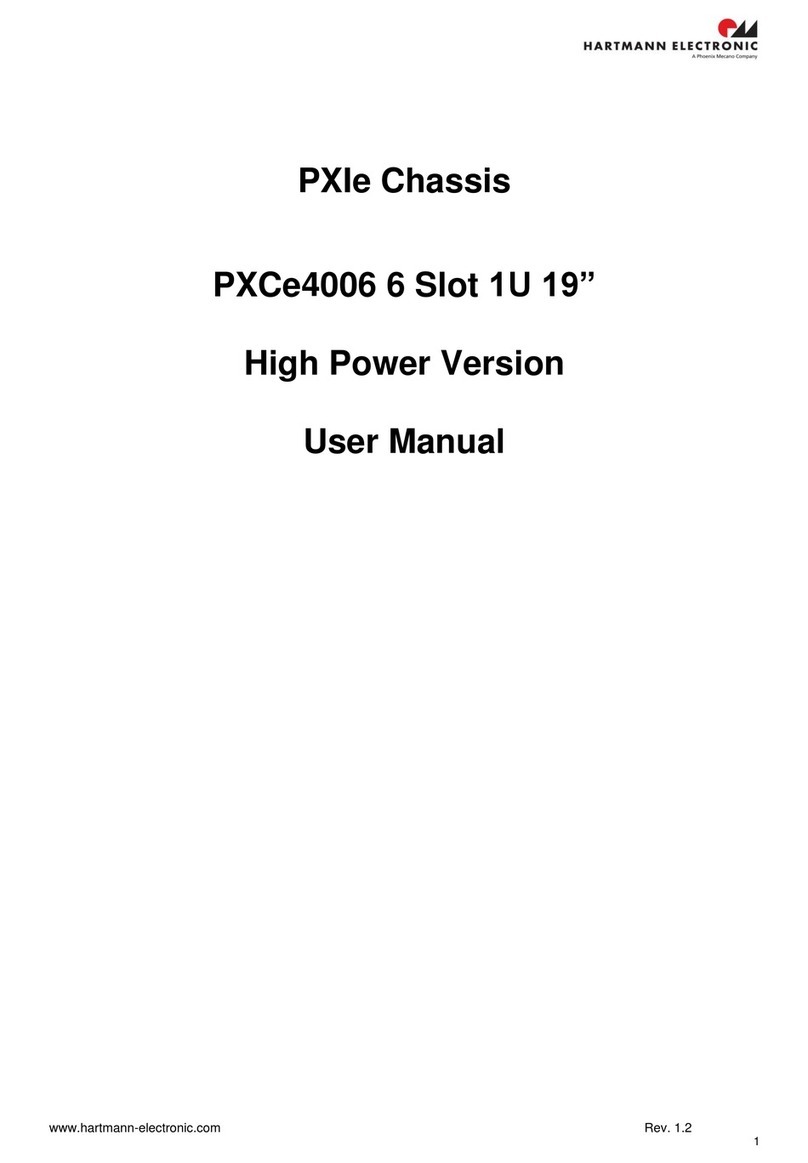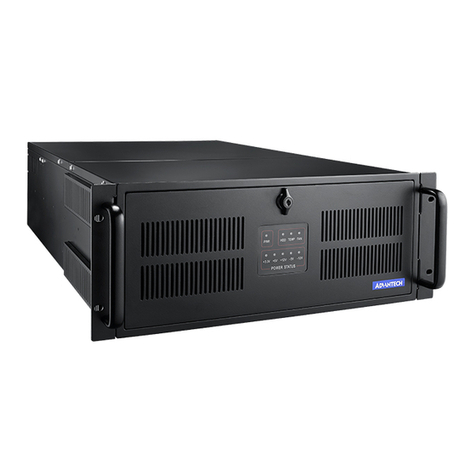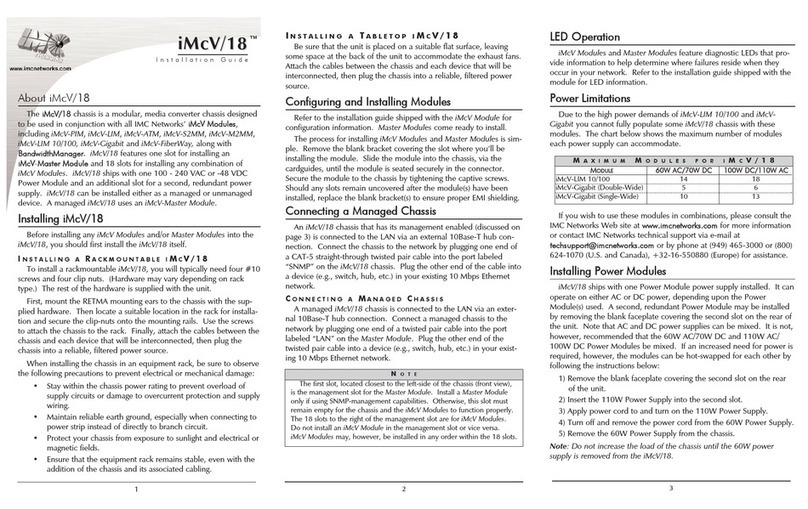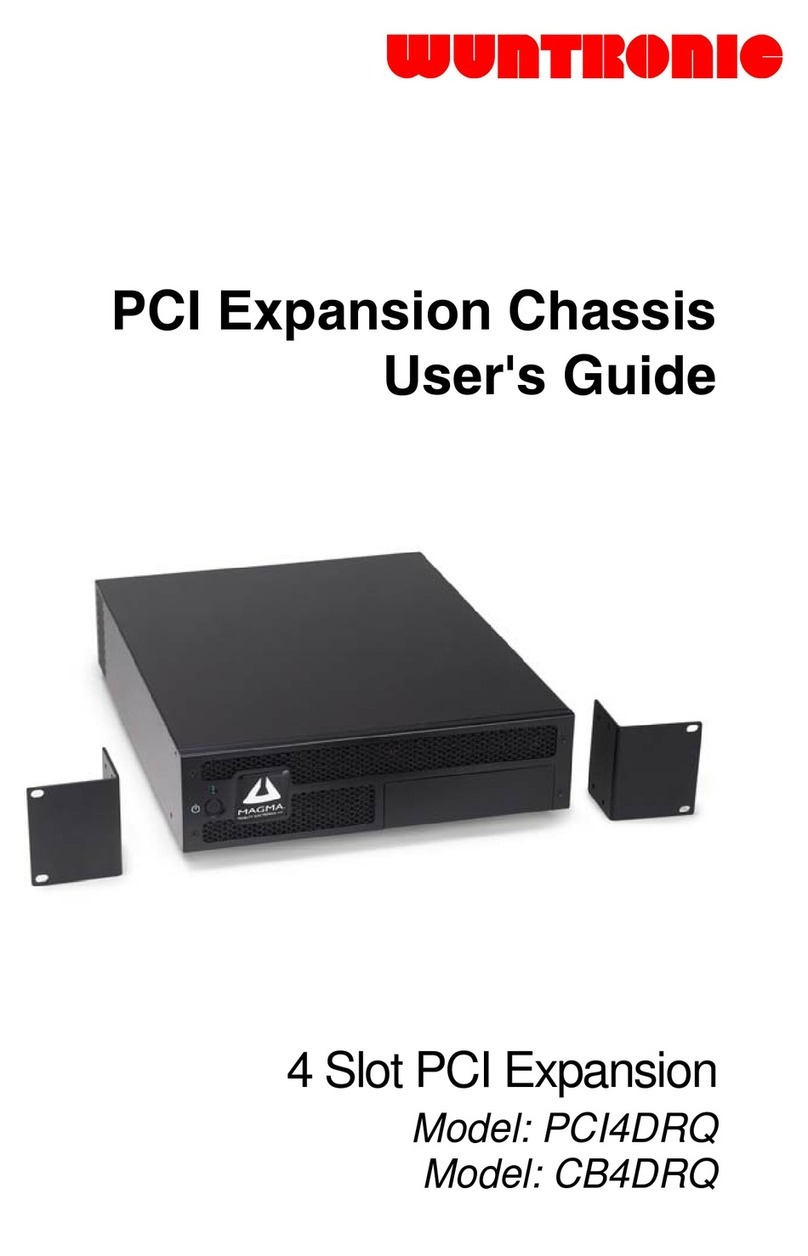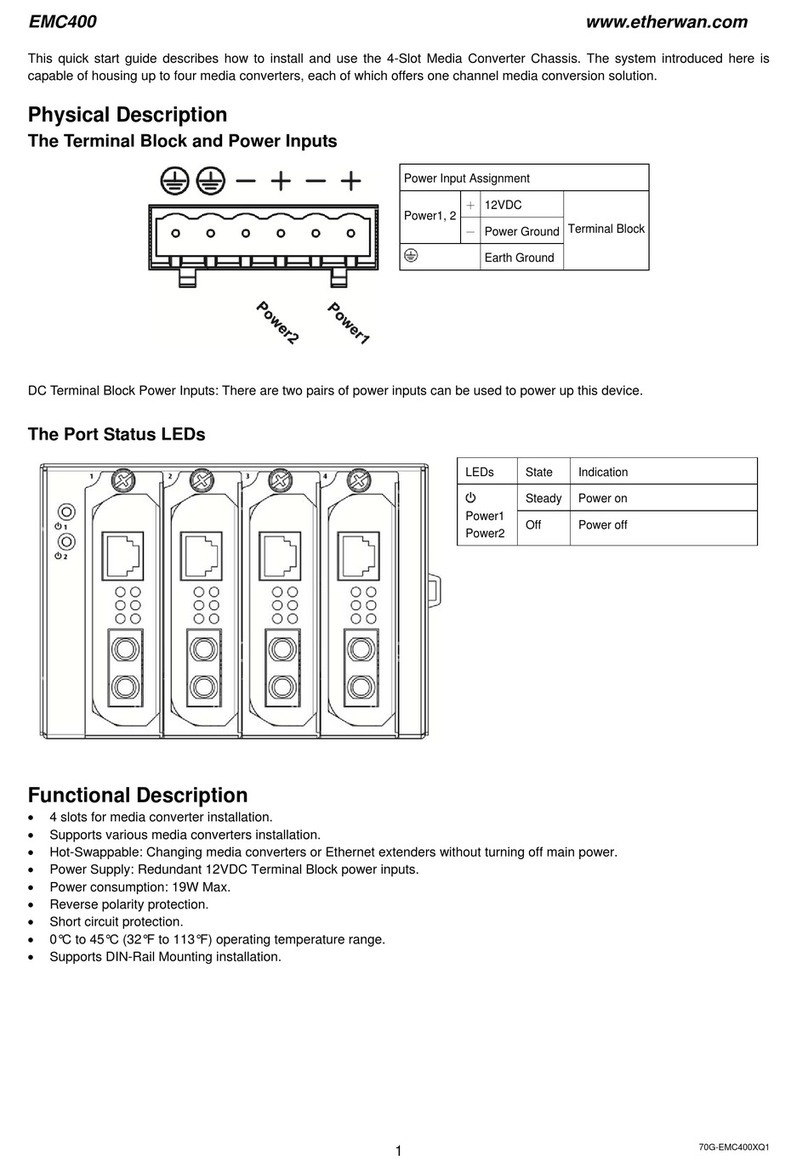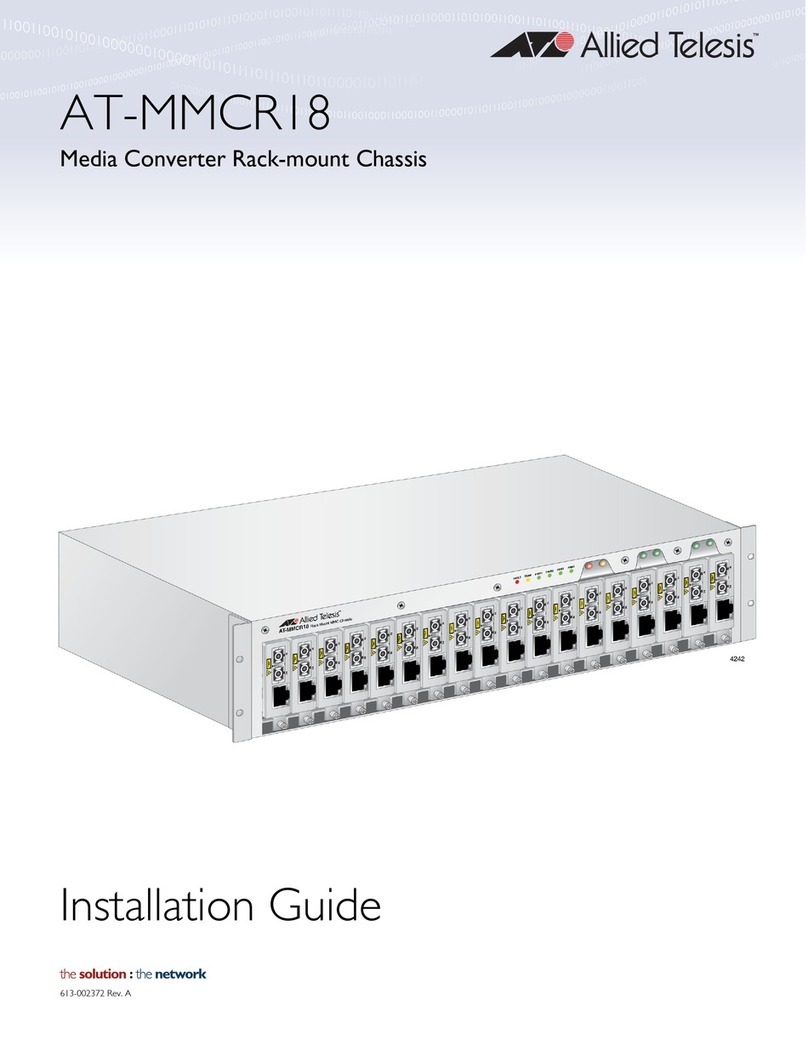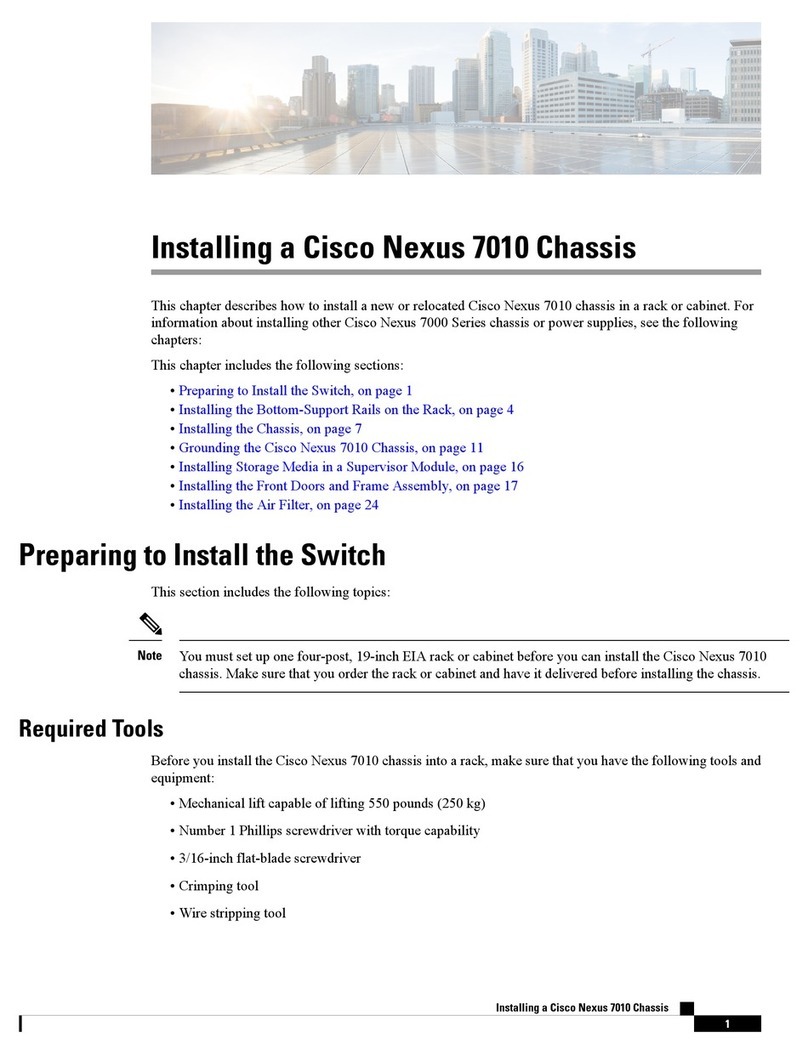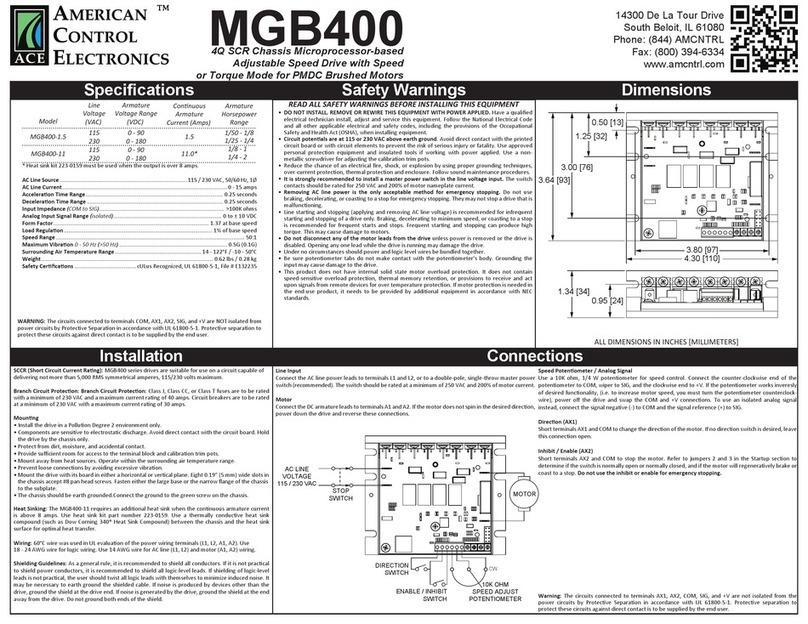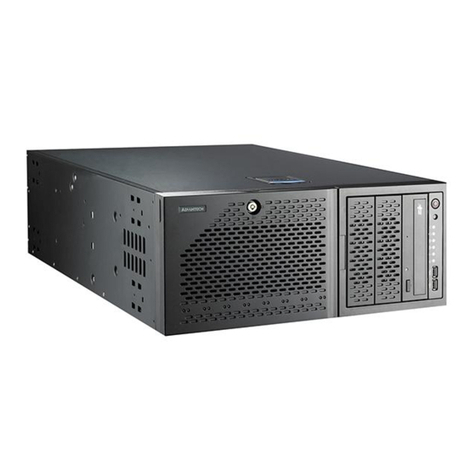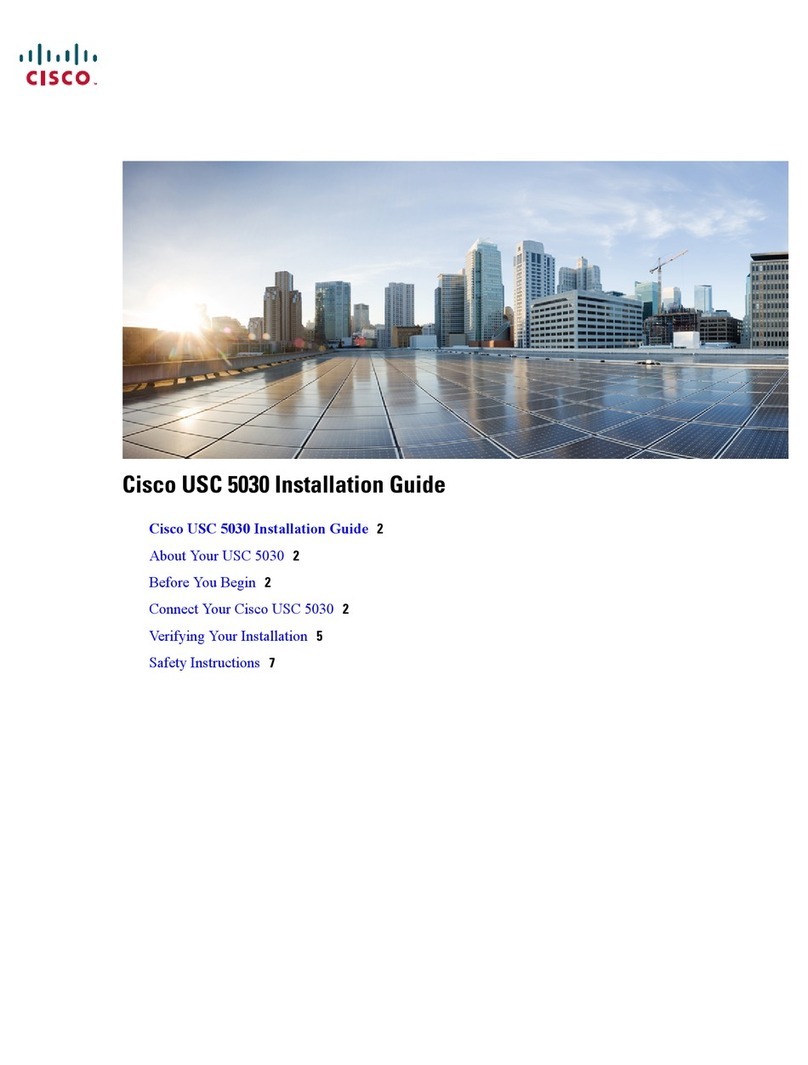Confidential | 2
Warranty Statement
Products sold by Tabor Electronics Ltd. are warranted to be free from defects in workmanship or materials.
Tabor Electronics Ltd. will, at its option, either repair or replace any hardware products which prove to be
defective during the warranty period. You are a valued customer. Our mission is to make any necessary
repairs in a reliable and timely manner.
Duration of Warranty
The warranty period for this Tabor Electronics Ltd. hardware is one year, except software and firmware
products designed for use with Tabor Electronics Ltd. Hardware is warranted not to fail to execute its
programming instructions due to defect in materials or workmanship for a period of ninety (90) days from
the date of delivery to the initial end user.
Return of Product
Authorization is required from Tabor Electronics before you send us your product for service or
calibration. Call your nearest Tabor Electronics support facility. A list is located on the last page of this
manual. If you are unsure where to call, contact Tabor Electronics Ltd. Tel Hanan, Israel at 972-4-821-3393
Limitation of Warranty
Tabor Electronics Ltd. shall be released from all obligations under this warranty in the event repairs or
modifications are made by persons other than authorized Tabor Electronics service personnel or without
the written consent of Tabor Electronics.
Tabor Electronics Ltd. expressly disclaims any liability to its customers, dealers and representatives and to
users of its product, and to any other person or persons, for special or consequential damages of any kind
and from any cause whatsoever arising out of or in any way connected with the manufacture, sale,
handling, repair, maintenance, replacement or use of said products. Representations and warranties
made by any person including dealers and representatives of Tabor Electronics Ltd., which are inconsistent
or in conflict with the terms of this warranty (including but not limited to the limitations of the liability of
Tabor Electronics Ltd. as set forth above), shall not be binding upon Tabor Electronics Ltd. unless reduced
to writing and approved by an officer of Tabor Electronics Ltd. This document may contain flaws,
omissions, or typesetting errors. No warranty is granted nor liability assumed in relation thereto. The
information contained herein is periodically updated and changes will be incorporated into subsequent
editions. If you have encountered an error, please notify us at support@taborelec.com. All specifications
are subject to change without prior notice. Except as stated above, Tabor Electronics Ltd. makes no
warranty, express or implied (either in fact or by operation of law), statutory or otherwise; and except to
the extent stated above, Tabor Electronics Ltd. shall have no liability under any warranty, express or
implied (either in fact or by operation of law), statutory or otherwise.
Proprietary Notice
This document and the technical data herein disclosed, are proprietary to Tabor Electronics, and shall not,
without express written permission of Tabor Electronics, be used, in whole or in part to solicit quotations
from a competitive source or used for manufacture by anyone other than Tabor Electronics. The
information herein has been developed at private expense and may only be used for operation and
maintenance reference purposes or for purposes of engineering evaluation and incorporation into
technical specifications and other documents, which specify procurement of products from Tabor
Electronics.
